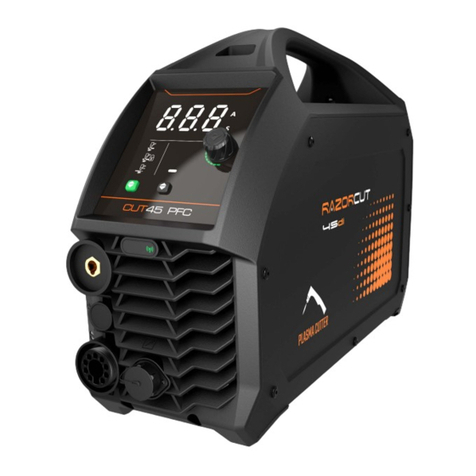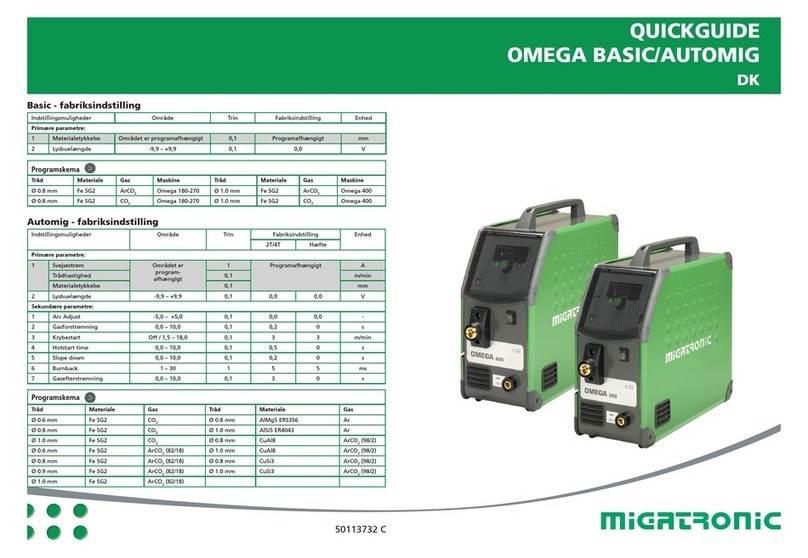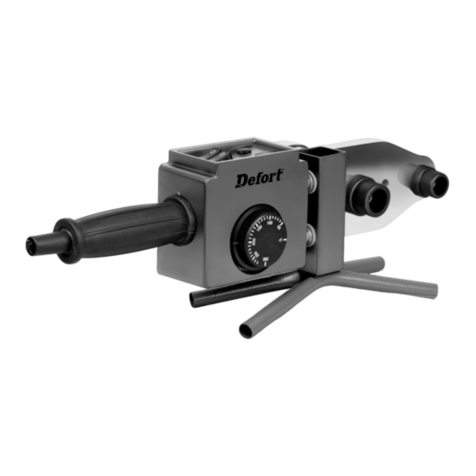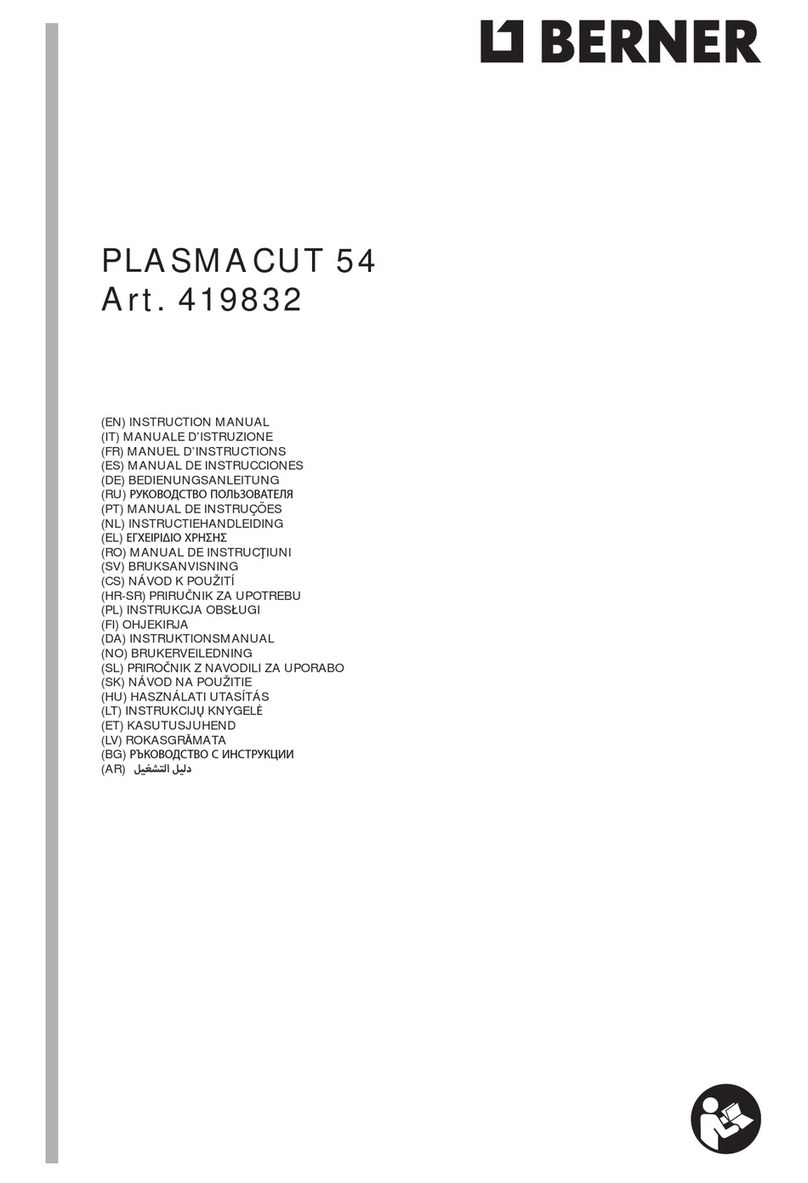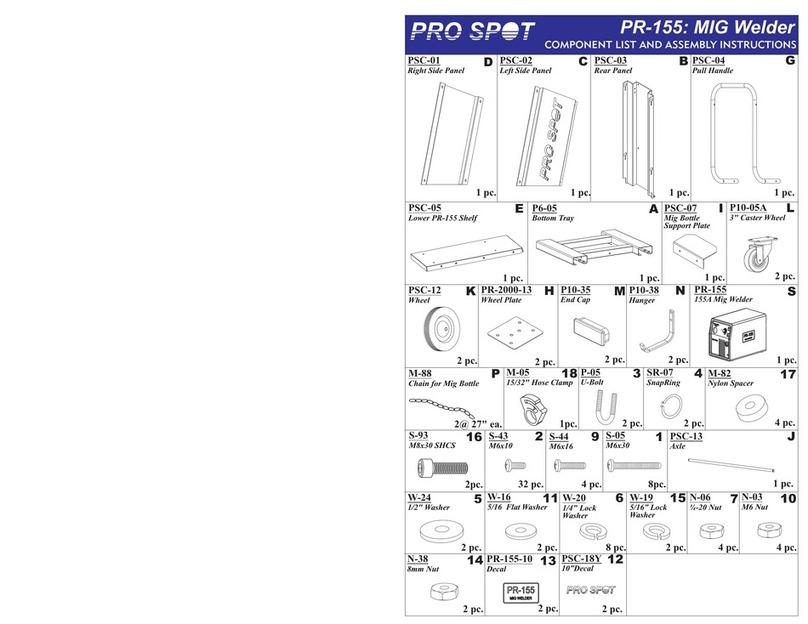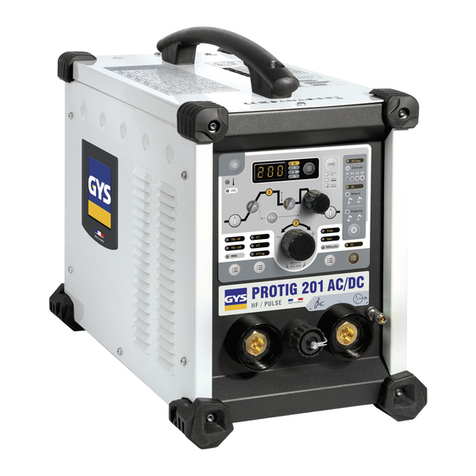Bowa ARC300E User manual


1
Dear Customer
This instruction manual will help you get to know your new
machine. Read the manual carefully and you will soon be familiar
with all the many great features of your new product. Meanwhile,
please remember well safety rules and operate as instruction.
If you treat your product carefully, this definitely helps to prolong
its enduring quality and reliability things which are both essential
prerequisites for getting outstanding results.
Production specification may change without advance notice.
The model you purchase is:
ARC300/400/500E
Please find corresponding models from the "Contents".
Important:
Please take special note of safety rules and operate as
instruction in case of damage and serious injury.

2
Safety Rules
“Danger” indicates an imminently hazardous situation which, if not
avoided, will result in death or serious injury.
“Warning!” indicates a possible hazardous situation which, if not
avoided, could result in death or serious injury. The possible hazards are
explained in the text.
“Caution” indicates a possible hazardous situation which, if not avoided,
may result in slight or moderate injury.
“Note!” indicates a situation which implies a risk of impaired welding
result and damage to the equipment.
Utilization for intended purpose only
•The machine may only be used for jobs as defined by the “Intended
purpose”.
•Utilization for any other purpose, or in any other manner, shall be
deemed to be “not in
accordance with the intended purpose”. The manufacturer shall not be
liable for any
damage resulting from such improper use.
Safety signs
•All the safety instructions and danger warnings on the machine must
be kept in legible condition, not removed, not be covered, pasted or
painted cover.
Safety inspection
•The owner/operator is obliged to perform safety inspection at regular
intervals.
•The manufacturer also recommends every 3-6 months for regular
maintenance of power sources.
Electric shock can kill
•Touching live electrical parts can cause fatal shocks or severe burns.
The electrode and work circuit is electrically live whenever the output is
on. The input power circuit and machine internal circuits are also live
when power is on. In MIG/MAG welding, the wire, drive rollers, wire
feed housing and all metal parts touching the welding wire are
electrically live. Incorrectly installed or improperly grounded equipment
is a hazard.
•Do not touch live electrical parts of the welding circuit, electrodes and
wires with your bare skin or wet clothing.
•The operator must wear dry hole-free insulating welding gloves and
body protection while performs the welding.
•Insulate yourself from work and ground using dry insulating protection
which is large enough to prevent you full area of physical contact with

3
the work or ground.
•Connect the primary input cable according to rules. Disconnect input
power or stop machine before installing or maintenance.
•If welding must be performed under electrically hazardous conditions
as follow: in damp locations or wearing wet clothing; on metal
structures such as floors, gratings, or scaffolds; when in cramped
positions such as sitting, kneeling, or lying; or in occasion when there is
a high risk of unavoidable or accidental contact with the work piece or
ground. Must use additional safety precautions: semiautomatic DC
constant voltage (wire) welder, DC manual (Stick) welder and AC
welder with reduced open-load voltage.
•Maintain the electrode holder, ground clamp, welding cable and
welding machine in good, safe operating condition. Replace damaged
part immediately.
Electric and magnetic fields (EMF)may be dangerous
•If electromagnetic interference is found to be occurring, the operator is
obliged to examine any possible electromagnetic problems that may
occur on equipment as follow:
-mains, signal and data-transmission leads
-IT and telecoms equipment
-measurement and calibration devices
-Wearers of pacemakers
•Measures for minimizing or preventing EMC problems:
-Mains supply
If electromagnetic interference still occurs, despite the fact that the mains
connection in accordance with the regulations, take additional measures
-Welding cables
Keep these as short as possible
Connect the work cable to the work piece as close as possible to the area
being welded.
Lay term well away from other cables.
Do not place your body between your electrode and work cables.
-Equipotential bonding
-Workpiece grounding (earthing)
-Shielding
Shield the entire welding equipment and other equipment nearby.
ARC rays can burn.
•Visible and invisible rays can burn eyes and skin.
•Wear an approved welding helmet or suitable clothing made from
durable flame-resistant material (leather, heavy cotton, or wool) to
protect your eyes and skin from arc rays and sparks when welding or
watching.
•Use protective screens or barriers to protect other nearby personnel
with suitable, non-flammable screening and/or warn them not to watch
the arc nor expose themselves to the arc rays or to hot spatter or

4
material.
Fumes and gases can be dangerous
•Welding may produce fumes and gases, breathing these fumes and
gases can be hazardous to your health.
•When welding, keep your head out of the fume. If inside, ventilate the
area at the arc to keep fumes and gases away from the breathing zone.
If ventilation is not good, wear an approved air-supplied respirator.
•Work in a confined space only if it is well ventilated, or while wearing an
air-supplied respirator.
•Welding fumes and gases can displace air and lower the oxygen level
causing injury or death. Always use enough ventilation, especially in
confined areas, to insure breathing air is safe.
Welding and cutting sparks can cause fire or explosion.
•When not welding, make sure the electrode circuit is not touching the
work or ground. Accidental contact can cause sparks, explosion,
overheating, or fire. Make sure the area is safe before doing any
welding.
•Welding and cutting on closed containers, such as tanks, drums, or
containers, can cause them to blow up. Make sure proper steps have
been taken.
•When pressure gas is used at the work site, special precautions are
required to prevent hazardous situations.
•Connect work cable to the work as close to the welding zone as
practical to prevent welding current from passing too long and creating
fire hazards or overheat.
•Wear oil-free protective garments such as leather gloves, heavy shirt,
cuffless trousers, high shoes, and a cap. Wear ear plugs when welding
out of position or in confined places. Always wear safety glasses with
side shields when in a welding area.
•Be attention that welding sparks and hot materials from welding can
easily go through small cracks and openings to adjacent areas and
start a fire. Remove fire hazardous from the welding area, if not
possible, cover them thoroughly. Do not weld where flying sparks can
strike flammable material and where the atmosphere may contain
flammable dust, gas, or liquid vapors (such as gasoline).
•Protect yourself and others from flying sparks and hot metal. Remove
any combustibles from operator before perform any welding.
•Keep a fire extinguisher readily available.
•Empty containers, tanks, drums, or pipes which have combustibles
before perform welding.
•Remove stick electrode from electrode holder or cut off welding wire at
contact tip when not in use.
Apply correct fuses or circuit breakers. Do not oversize or bypass them.
This manual suits for next models
2
Table of contents
Popular Welding System manuals by other brands

Hobart Welding Products
Hobart Welding Products AirForce 375 owner's manual
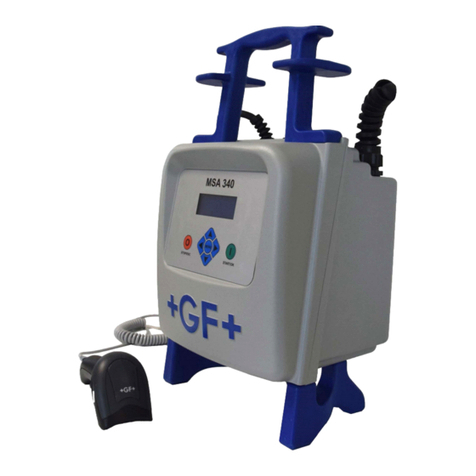
GF
GF MSA 330 instruction manual

Hakko Electronics
Hakko Electronics FX-888D instruction manual
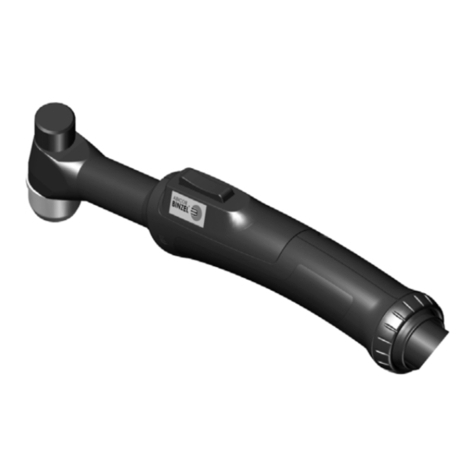
Abicor Binzel
Abicor Binzel ABIPLAS WELD 100 W operating instructions
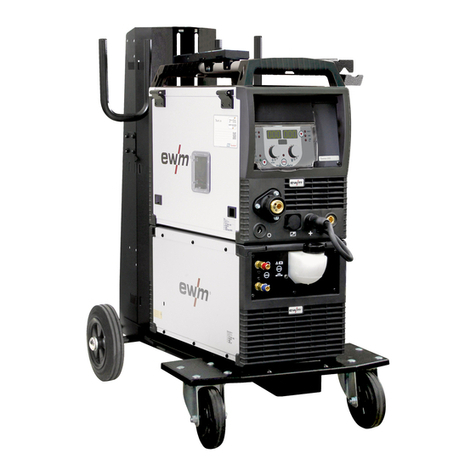
EWM
EWM Taurus 355 Basic TDM operating instructions
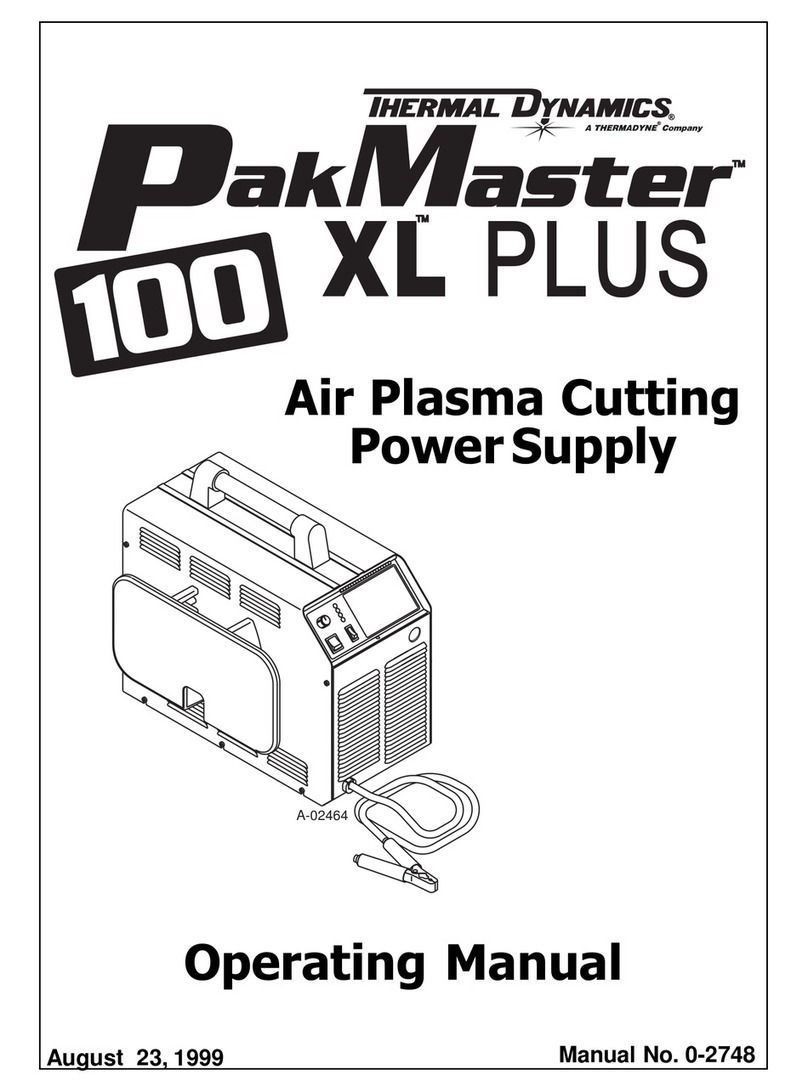
Thermal Dynamics
Thermal Dynamics PakMaster 100 XL plus operating manual
